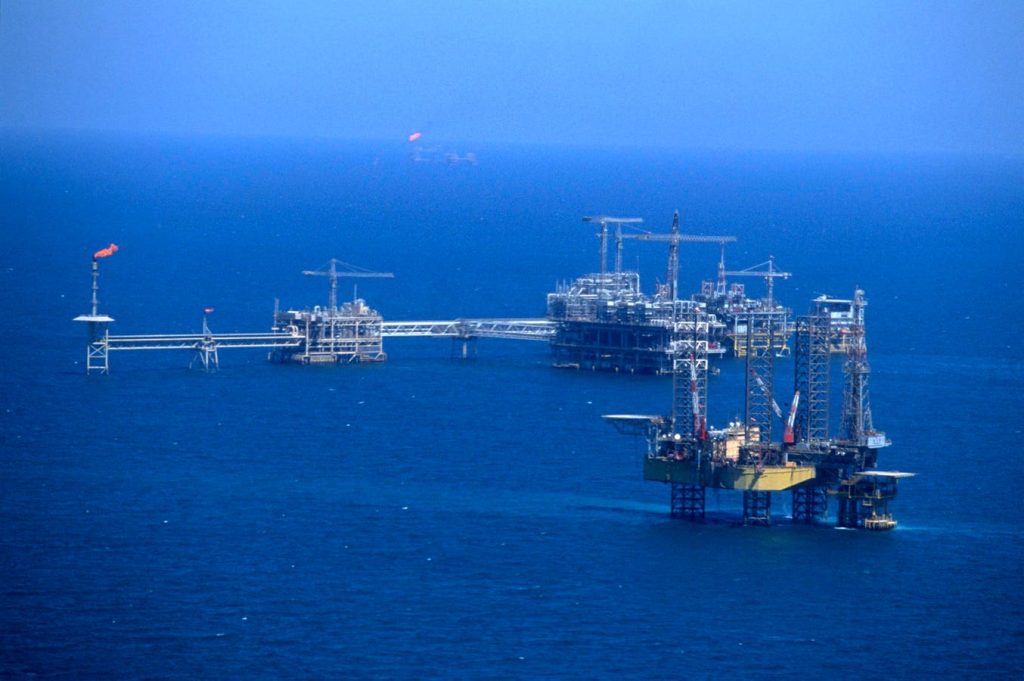Oil prices have seen a marginal recovery, currently hovering around the $85 per barrel mark, with the global benchmark Brent as a measuring gauge. Despite this increase, OPEC+, a group of Russia-led oil producers and OPEC spearheaded by Saudi Arabia, is unlikely to raise its production levels. The current trading month promises to be more normal, with Brent futures up to $83.97 per barrel and West Texas Intermediate trading at $79.36 per barrel, implying a range of $80-$90 per barrel which appears workable for OPEC+.
In March, OPEC+ agreed to extend its voluntary oil production cuts of 2.2 million barrels per day until the end of June to support the market, a decision that was reiterated at its latest ministerial meeting on April 3. With its next meeting scheduled for June 1, it is unlikely that there will be a change in production levels. While the group wants crude prices to remain elevated, a very high price range of $110 to $125 per barrel could have self-defeating consequences such as demand destruction and the prevention of global central banks from cutting interest rates.
Oil prices have remained firm in light of substantial draws on commercial crude inventories, particularly in the US. This, coupled with renewed optimism regarding US interest rate cuts by the Federal Reserve, has contributed to price gains. With positive jobs data and the upcoming release of US first quarter GDP figures on May 30, many are anticipating a US interest rate cut, which is weighing on the dollar and making commodities like oil enticing for paper traders. OPEC+ is likely to remain passive as oil prices continue to stay within the range of $80-$90 per barrel, giving the producers’ group control over the direction of crude oil prices.
The prevailing market conditions have given OPEC+ a certain level of control over oil prices, despite rising non-OPEC production. With the current macroeconomic uncertainty, it is unlikely that OPEC+ will make any changes to production levels come June. The group aims to keep oil prices at a sufficiently high level, but not so high that it leads to adverse effects such as demand destruction. As long as prices remain within the range of $80-$90 per barrel, OPEC+ is likely to maintain its current stance and continue to monitor the market conditions closely.
Overall, the recent stability in oil prices has been attributed to factors such as draws on commercial crude inventories and renewed optimism regarding US interest rate cuts. As long as prices remain within a workable range for OPEC+, it is unlikely that there will be any changes in production levels in the near future. The group aims to balance the need for elevated oil prices with the potential negative consequences of prices that are too high, all while maintaining a level of control over the market as a whole.













